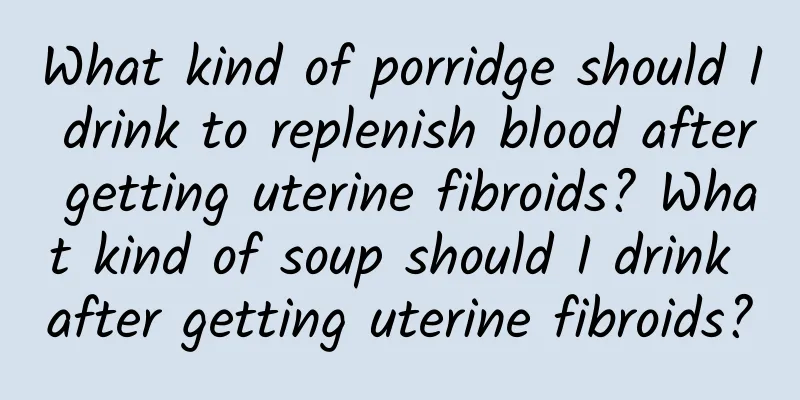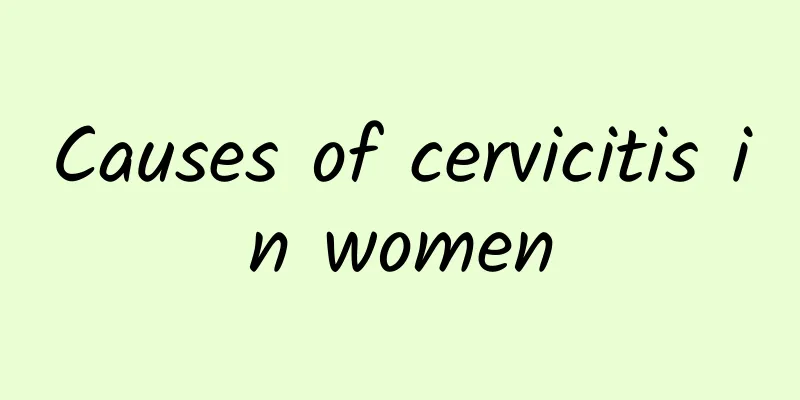Avoid the increase of visceral fat with this trick! "Limited sugar diet" can only be sustained by doing this

|
How to avoid visceral fat gain - Eliminate the body's reaction to visceral fat gain The real culprit that causes the increase of visceral fat has been explained to you in the previous chapter. Next in this chapter, we will explain to you one by one how to avoid the increase of visceral fat. The way to avoid the increase of visceral fat is actually very simple, just don't consume sugar. The method to avoid the increase of visceral fat is actually very simple. Just do not consume sugar, because sugar is the real culprit that causes the increase of visceral fat. After consuming sugar, the secretion of insulin will increase, so this will become the switch that turns on the increase of visceral fat. Therefore, this chain reaction must be cut off first. What is the divergence point for the increase in secretion of the obesity hormone "insulin"? How much sugar intake will increase insulin secretion? This will vary depending on each person's physical condition and previous energy consumption status such as exercise. Especially when you are not used to exercising, it is said that as long as an adult consumes 5g of sugar, the secretion of insulin will increase. And there is a reason why we don't ask whether insulin "will be secreted" but rather "whether it will increase". As mentioned before, a state of zero insulin is life-threatening, so the human body normally secretes a small amount of insulin at all times. Different degrees of sugar restriction If you consume more than 5g of sugar, insulin secretion will increase, causing visceral fat to increase. Therefore, in order to avoid increasing visceral fat, "just control the sugar content of one meal to less than 5g." This is what is called "quitting sugar", so as you can imagine, the difficulty lies in the fact that the threshold is quite high. Of course, staple foods such as rice, bread, and noodles must be excluded, seasoning is basically limited to salt, and in principle, all commercially available reduced-sugar foods are unqualified. Although this is the healthiest approach, it is an indisputable fact that many people are unable to put it into practice. The easiest way to do this is to keep sugar intake below 20g per meal. The sugar-restricted diet, which is easier to implement in reality, has slightly looser standards, with the goal of "less than 20g of sugar per meal." This level of sugar can suppress the rapid rise in blood sugar levels. The sugar intake per meal should be below 40g, which means that staple foods such as rice, bread, and noodles must be excluded, but the sugar contained in seasonings can be consumed more. A simple "sugar-restricted diet" basically aims to keep sugar intake below 20g per meal. Although the effect is not as good as cutting out sugar, the advantage is that it is “easy to stick to it”. This article is from the book "Fat Burning Diet to Lose 14 Kilograms of Visceral Fat in One Year" published by Jinghao Publishing |
Recommend
How do we find out the cause of cervical hypertrophy
Cervical hypertrophy is a pathological manifestat...
What are the symptoms of cervical hypertrophy?
Although the symptoms of cervical hypertrophy are...
Is endometrial tuberculosis dangerous?
Endometrial tuberculosis is a common gynecologica...
What are the clinical manifestations of cervicitis?
Cervicitis is a common gynecological disease, and...
Polycystic ovary amenorrhea pregnancy
Pregnancy after amenorrhea in patients with polyc...
What are the symptoms of endometritis? You can judge based on these four symptoms
Endometritis is a common disease that occurs in t...
Lower abdominal pain may also be an early symptom of ectopic pregnancy
Ectopic pregnancy is common in many pregnant wome...
What causes ovarian and fallopian tube tuberculosis?
What causes ovarian and fallopian tube tuberculos...
Briefly analyze the causes of cervicitis
Patients with cervicitis should all know that the...
How to cure cervicitis
Cervicitis is a common disease in women of childb...
Can acupuncture treat irregular menstruation? It has a very good effect
Irregular menstruation can seriously affect women...
What is the cause of the inflammatory mass in the appendages and what to do
The causes of adnexal inflammatory masses mainly ...
Common symptoms of vaginal candidiasis
Candidal vaginitis is a common gynecological dise...
Women must do a good job in preventing dysmenorrhea
It is very common for women to experience dysmeno...
The harm of amenorrhea for many years to women
Amenorrhea for many years may cause serious harm ...









